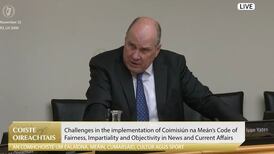At the end of The Candidate, the 1972 Oscar-winning film about a no-hoper candidate for the US senate who pulls off a famous victory, there is a moment that all election winners encounter.
With the results just in, and the press jostling for his attention, the winning candidate (Robert Redford) pulls his chief adviser/campaign manager aside and demands a word. They eventually find an empty room.
“What’s on your mind, Senator?” the adviser asks.
“Marvin,” Redford replies, “what do we do now?”
Fine Gael backbenchers are wondering if there's a touch of this about the early weeks of Leo Varadkar's premiership. While much of the political world expected that Varadkar's meticulously planned and expertly executed leadership campaign would be followed by a first 100 days of conspicuously vigorous action, drawing a clear distinction between the last, tired days of Enda Kenny and the bright new promise of the Varadkar era, the reality has been a lot less kinetic, a lot more prosaic. The spirit has been "steady as she goes", rather than "now for something completely different". In an age when change is the most powerful of all political messages, Varadkar has chosen instead to emphasise continuity in his early weeks in office.
But this is not, according to people at the very heart of the Varadkar machine who spoke to The Irish Times this week, mostly on condition of anonymity, an accident, or a failure of the imagination. It is a quite deliberate strategy.
“We needed to get to the recess showing calmness and competence,” says one member of the inner circle.
Political direction
There will come a time in the autumn when the emphasis changes, and the message sharpens, they say. There may be a big speech setting out his vision and his priorities, the new political direction and departure that many expected. Advisers are mulling the possibility. “Not ready yet,” says one insider. “But it’s coming.”
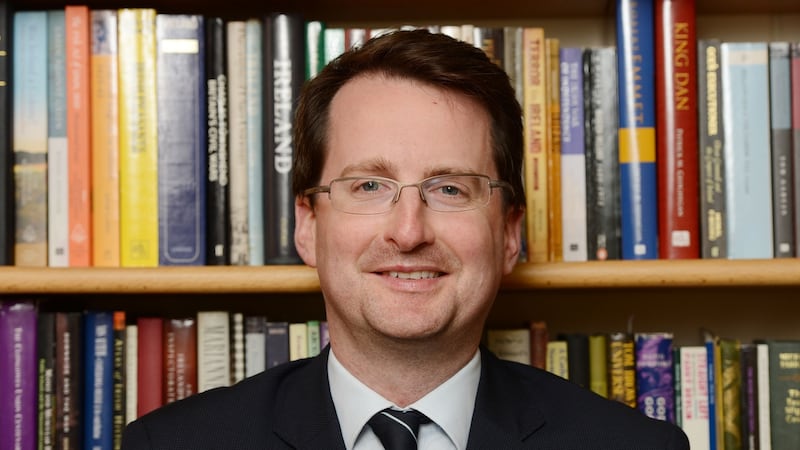
Meanwhile, behind the scenes, Varadkar has been putting together a political machine that is built with one overriding objective: to win the next general election. “We are a minority government,” says one of his key lieutenants. “It would be negligent not to be preparing for a general election.”
The public part of Varadkar’s campaign for the leadership of Fine Gael began when he told the parliamentary party in February that the party needed to be ready for an election. That precipitated Enda Kenny’s promise to step down, and kickstarted the leadership contest – predicated from the start on the belief that Fine Gael needed to improve its electoral posture. Varadkar is going about this task with some gusto.
“We spent a year terrified of an election,” says one Cabinet minister. “We’ve no fear of it now.”
Government machine
On Thursday, the staff in the Department of the Taoiseach were asked to gather in room 308, a large conference room on the top floor of the Merrion Street complex. Their new boss was introduced by Martin Fraser, who holds the dual role of secretary general of the Department of the Taoiseach and secretary general to the Government, the most powerful civil servant in the country. Fraser is the man who, more than any other, controls the levers of the great machine of Government. He will be a vital part of the Varadkar administration.
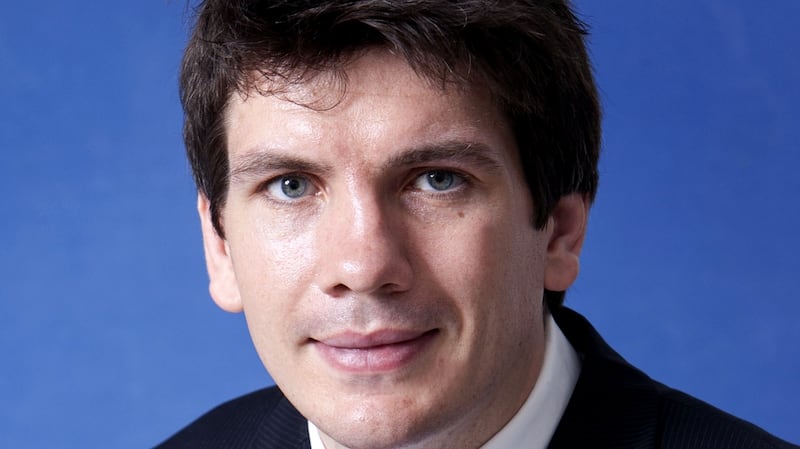
The centre of our system of Government is the Cabinet and the Taoiseach’s department runs that. But there are changes afoot here. One of Varadkar’s early moves was to cut the number of Cabinet committees, from 10 to five. Other changes are in the offing too. Look at the website of the Department of the Taoiseach: click on “A message from the Taoiseach” and you’ll find that the page is still “under construction”. Similarly, a section entitled “Who does what” will be “available shortly”.
Cabinet members say the meetings are quite different to those led by Enda Kenny. Finian McGrath was asked on Wednesday on the way into Cabinet what was the difference between a Leo-chaired Cabinet and one chaired by Enda.
“Oh yeah, there are very, very major differences. Leo’s very inclusive.
“And there’s a new approach. He’s very, very inclusive. He loves different ideas. He likes to be challenged on them, and that’s positive for politics and positive for the Government.”
Brusque but efficient
But actually, there appears to be a good deal more brusqueness in dealing with some of the Independents, especially Shane Ross. The Minister for Transport appears to have been completely circumnavigated in the appointment of the new Chief Justice for instance. Fine Gael sources say there is less patience with Ross.
According to people present at the staff meeting, Varadkar struck a confident but humble note. He prided himself on his ability to work efficiently, he told the assembled civil servants, and he expected efficiency for them. But he also told them that they had been doing their jobs for longer than he had been doing his. He asked them for their ideas, and their hard work. He was, as you would expect, warmly received.
Varadkar also introduced his advisers and political staff to the meeting – an attempt to minimise the mutual distrust that sometimes exists between career civil servants and political appointees. But he is bringing in a large staff.
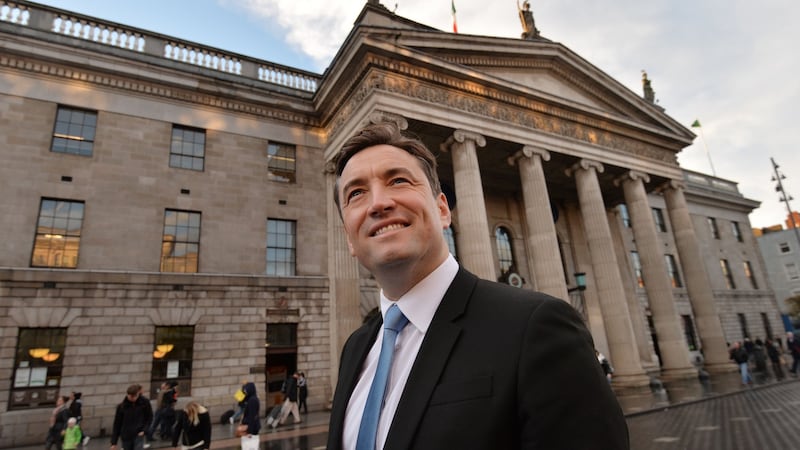
His long-time adviser and political manager, Brian Murphy, will be his chief of staff, the vital role that often serves as a bridge between the Taoiseach's office and the Civil Service, and also with the rest of Government. Philip O'Callaghan has also followed his boss from the Department of Social Protection to an advisory role in the Taoiseach's department, while another adviser who previously worked with Varadkar in the Department of Transport and Tourism, John Carroll, returns to his side, leaving the Public Relations Institute. He will be responsible for implementation of the programme for government.
PR audit
Angela Flanagan, an adviser on social policy with Enda Kenny, is retained in the same role. Feargal Purcell, Kenny's press secretary has been asked to stay on for the first period of the new administration while the new Government press secretary Nick Miller – another long-time Varadkar aide – settles into his new role. Sarah Meade, previously spin doctor to Heather Humphreys, has also joined the communications team. Varadkar has commissioned an "audit" of the PR/communications work across government.
Trinity College Dublin historian Patrick Geoghegan has been employed as a speechwriter, and his influence on Varadkar's scripts is already evident.
Varadkar also intends to set up a "strategic communications unit" which is to be headed by marketing specialist John Concannon – the man behind the Gathering and the Wild Atlantic Way.
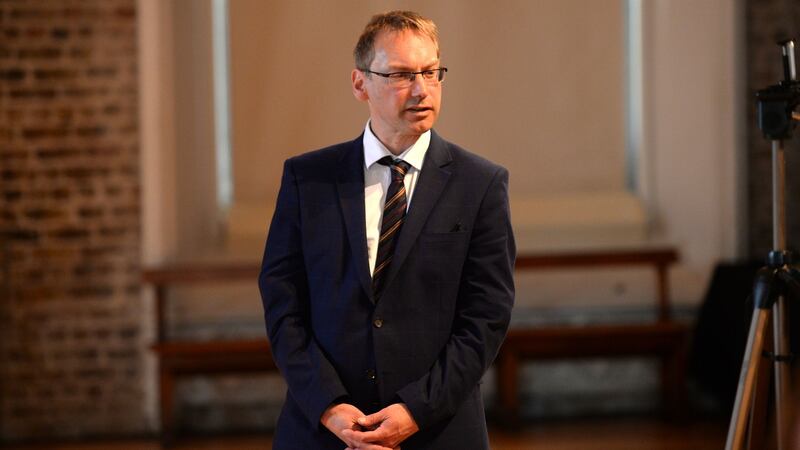
The precise role of the new unit depends on who you talk to. According to the response to a parliamentary question this week, “The establishment of the new unit provides an opportunity to present a clear and cohesive message to the public on the work of Government.”
Two senior sources explain that Varadkar’s administration will seek to communicate the work of government in a political context. But what does this mean?
“Well, you take childcare,” says one source, referring to a series of new childcare subsidies to be introduced in the autumn. “We’ll be turning government activity into a Fine Gael message.”
“We do not just need to do good government,” says another Government Buildings source. “We need to demonstrate good government.”
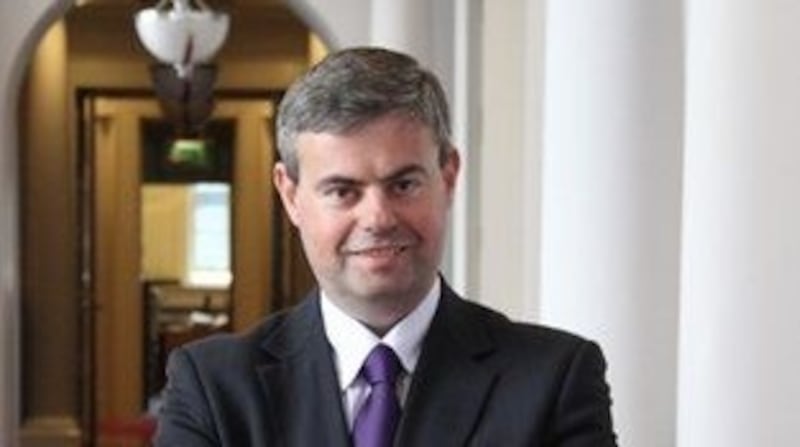
In truth the exact remit of the new unit hasn’t been entirely settled yet. Varadkar has spoken to Concannon a few times, but he hasn’t actually been formally appointed. It’s understood he will not be part of the political team in Government Buildings, although it will be heavily involved in communicating aspects of Government, such as the forthcoming 10-year capital plan.
Imbalance of debate
What is clear is that the adviser line-up is heavily biased towards communications. Varadkar believes that public and political debate is riven by misconceptions – something that was visible on his TV3 interview with Vincent Browne on Wednesday evening. He believes that many people –and he took a swipe at Browne and his guests on this point – believe that inequality is increasing (it's falling) and that poverty is growing (it's declining, by most measures). The new communications infrastructure in the Government will be an effort to address what he believes to be these ingrained imbalances in political debate.
But there’s a clear implication of the heavy focus on communications in the new Taoiseach’s appointments so far: he is getting ready to fight an election. “That’s an election team, not a policy one,” says one political opponent of Varadkar’s appointments. “Biggest spin-machine ever,” says another, only half-joking. You’ll hear plenty more in this vein from the Opposition in the autumn.
But for all that the Opposition are busy readying their attacks on Varadkar, they privately admit they do not yet know what to make of him. Like some of his allies, his opponents expected a flurry of early activity, and were surprised when it failed to materialise. Like others, they expect a more distinctive approach in the autumn.
“From autumn, everything will be geared towards political opportunity,” says a key ally. “Phase I was the leadership. We’re now in phase II. It runs until the election.”
Precipated election
The conventional wisdom in Leinster House is that an election this year is off the cards because the experience of Theresa May in the UK shows that voters will punish any party that precipitates an unnecessary general election. But there's some rethinking of this going on among Varadkar's circle. "May had no message, she ran away from the media, she ran away from Corbyn, she had no reason for an election," says one Varadkar ally. "None of those things would be applicable here. The idea that we can't have an election because Theresa May lost is just bullshit."
The Varadkar team also know their man’s novelty is a political asset. But it is a wasting asset. As the Americans say, political capital – the strength and power and credibility to act – cannot be hoarded. It must be spent. Otherwise, it quickly diminishes.
“Nobody wants an election” is the mantra around Leinster House. But nobody ever wants an election, really. They happen all the same.
The first weeks of Leo Varadkar’s administration, and the political team he is assembling, do not suggest that he wants an election. But they do suggest that he wants to be ready for one.









